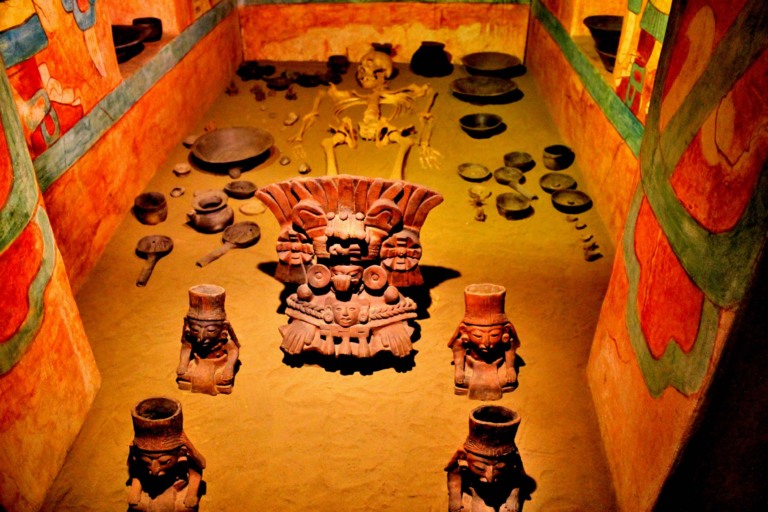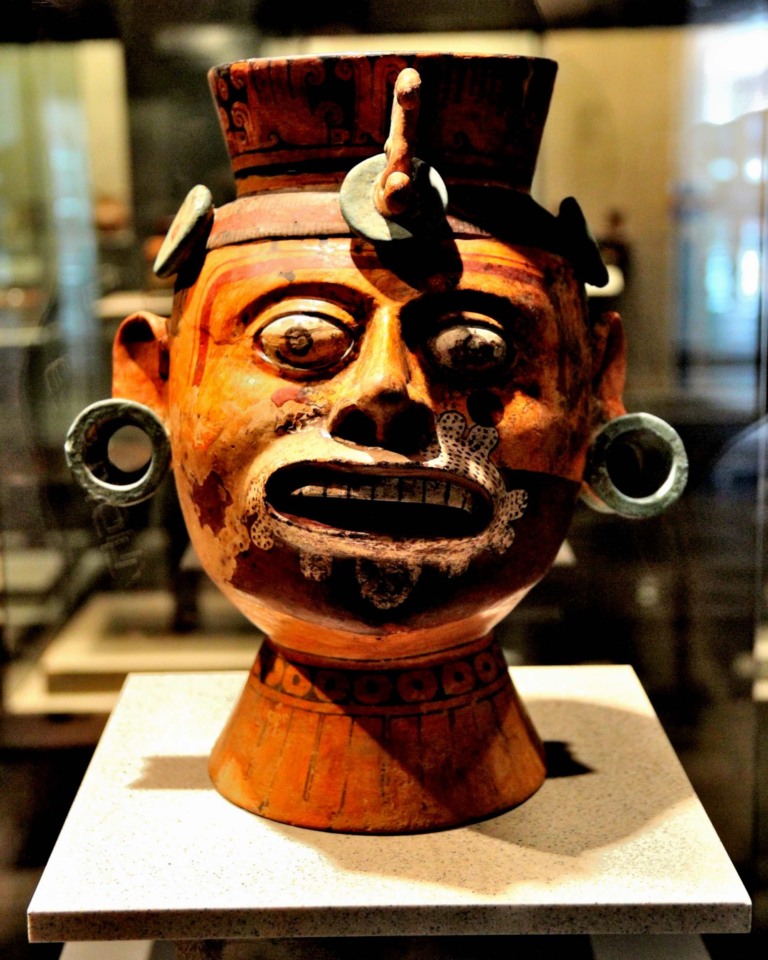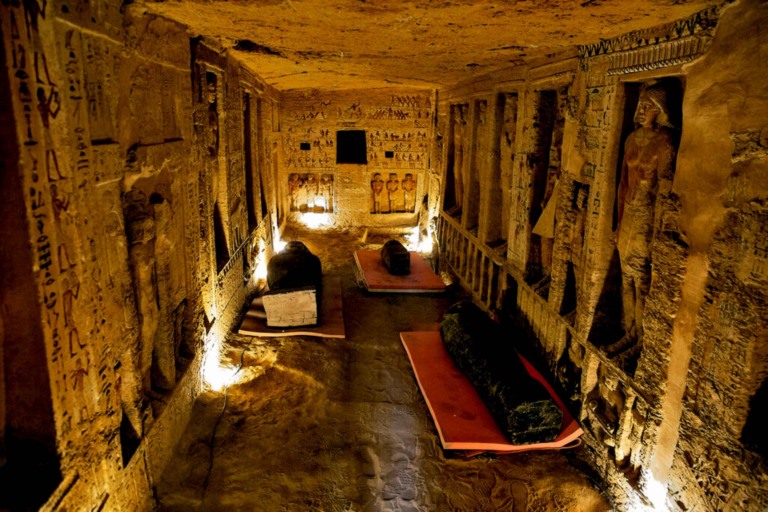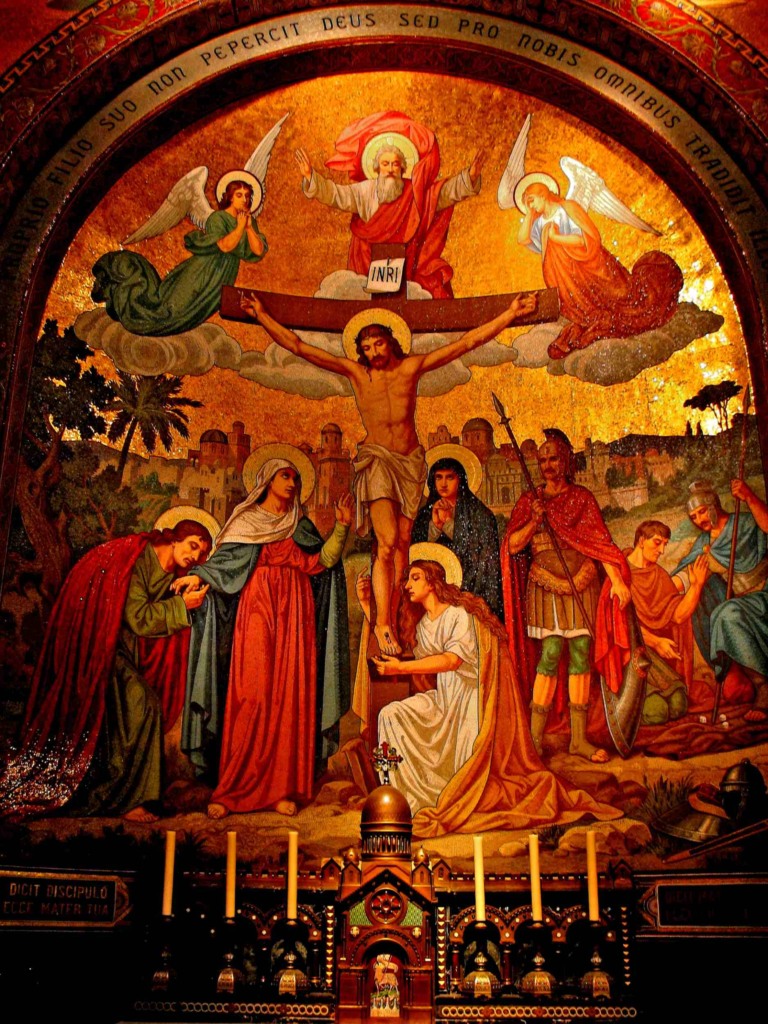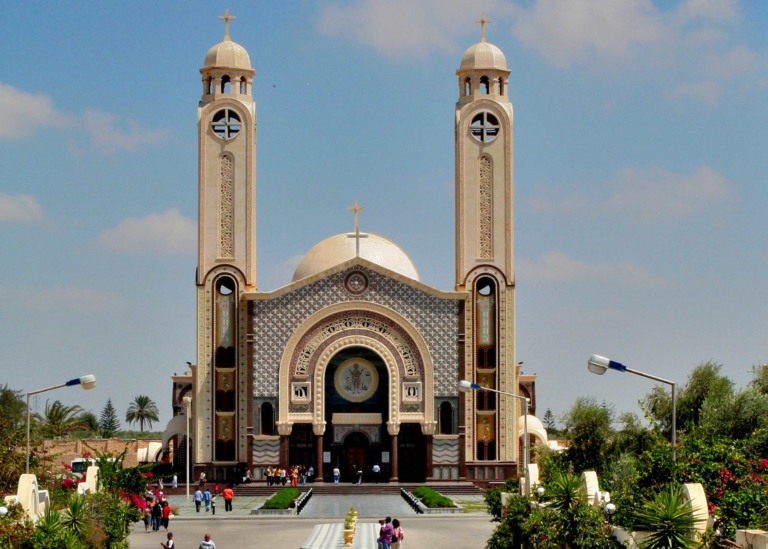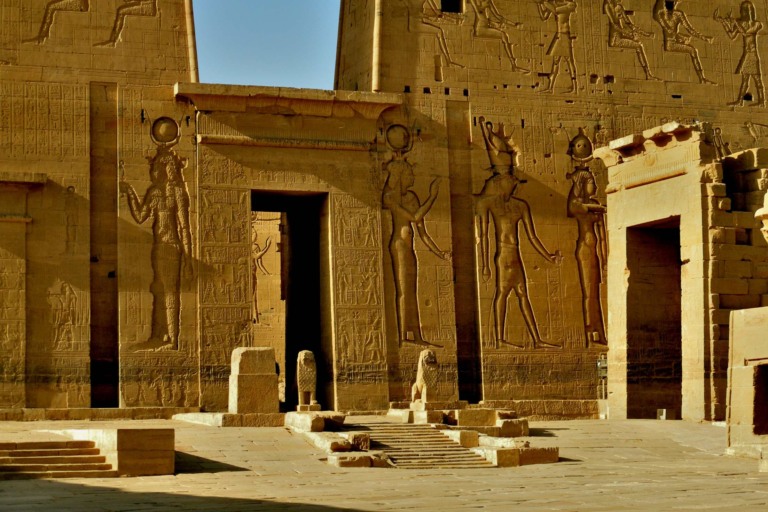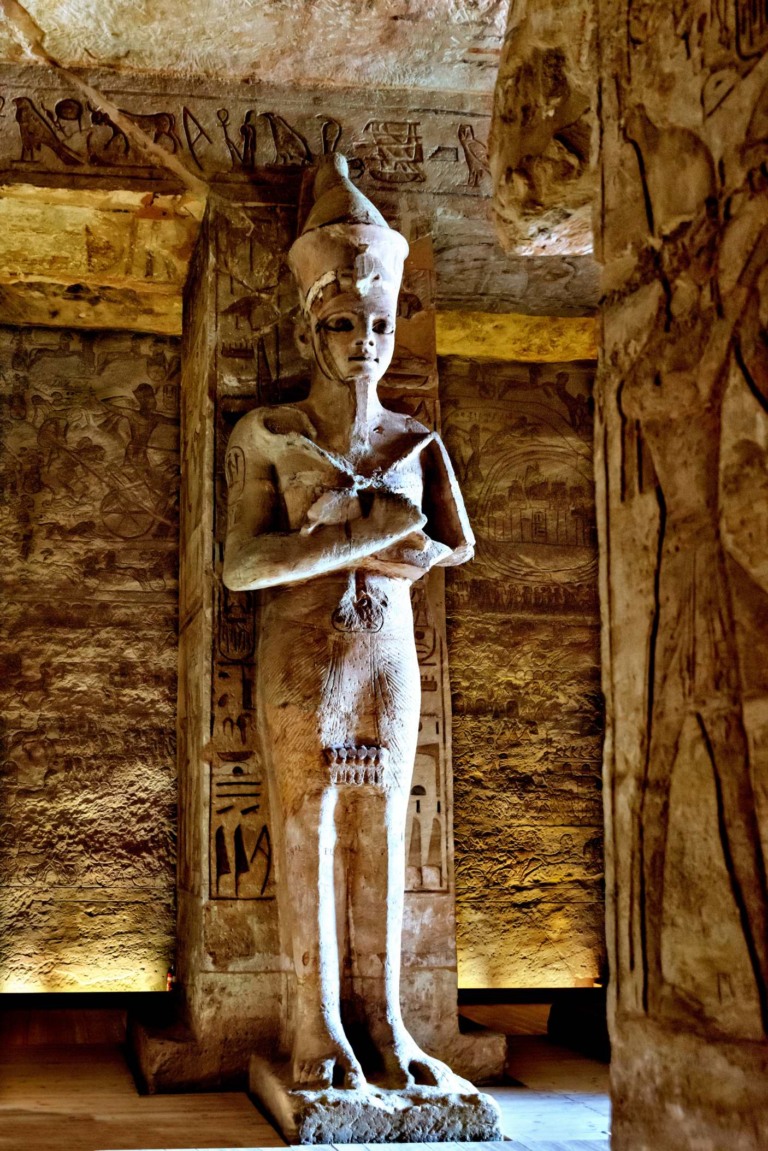Aachen Cathedral Facts and History

Aachen Cathedral, or Aachener Dom, stands as a historic Roman Catholic church with a storied past in Aachen, Germany. Its roots trace back to the era of Charlemagne, who commissioned the cathedral’s construction and was later interred there in 814. As one of Europe’s oldest churches, Aachen Cathedral played a pivotal role in the annals of the Holy Roman Empire. Over the course of history, the cathedral served as the hallowed ground for the coronations of thirty-one German kings and twelve queens. This tradition spanned from 936 to 1531, predominantly occurring in the Palatine Chapel. Notably, in 1978, Aachen Cathedral received the distinction of being among the inaugural twelve UNESCO World Heritage Sites. This esteemed recognition was conferred for its exceptional contribution to the history of the Holy Roman Empire and its architectural and artistic significance.


